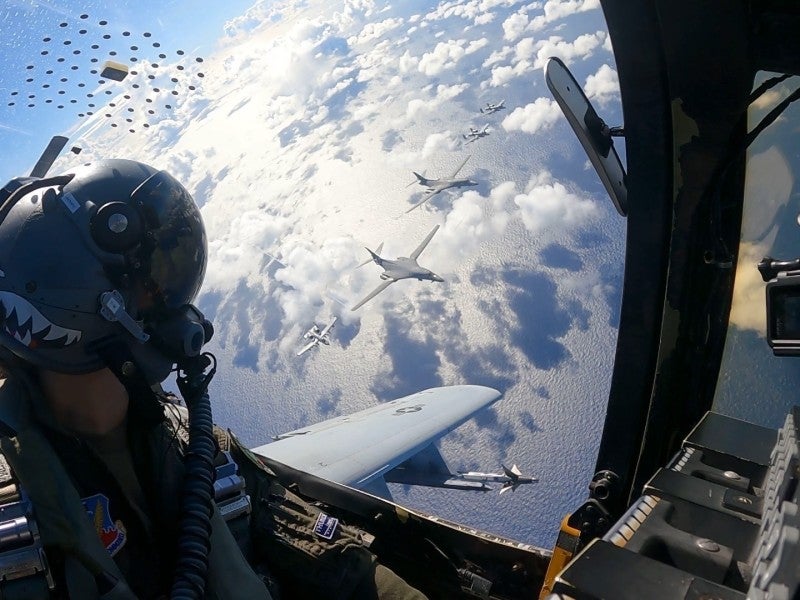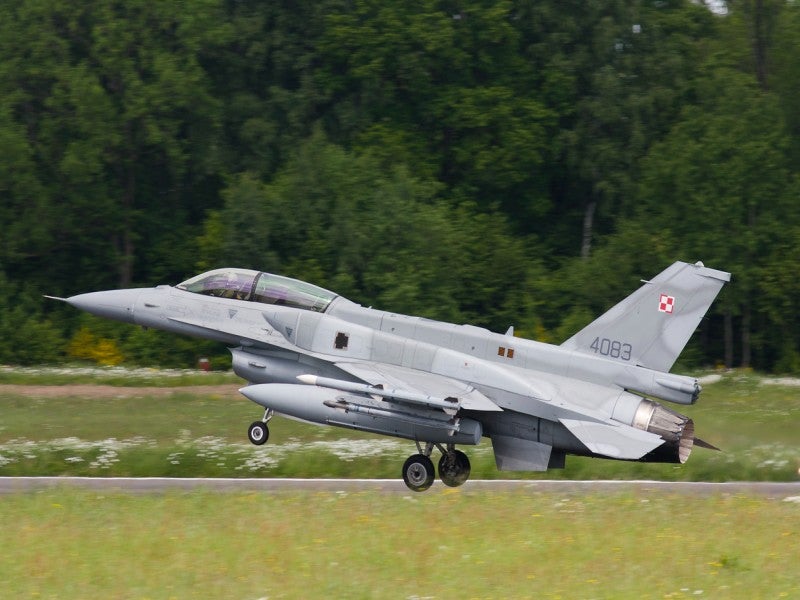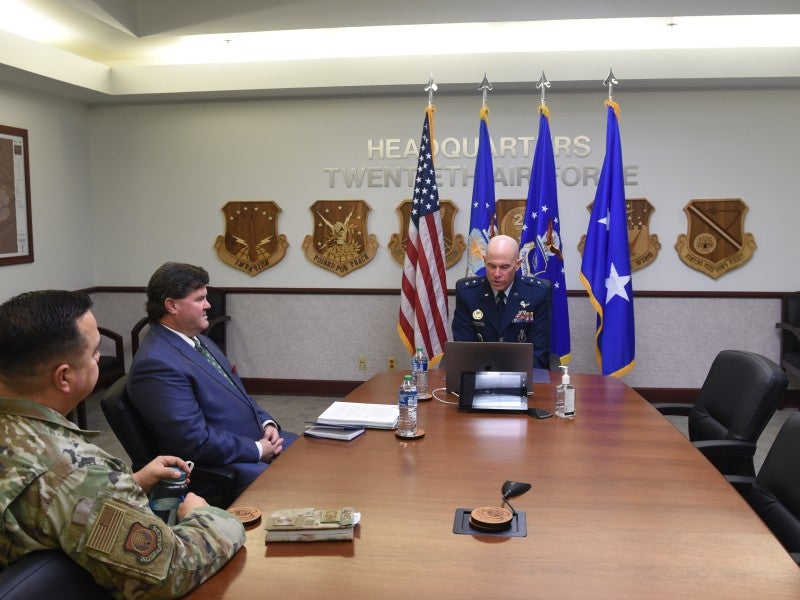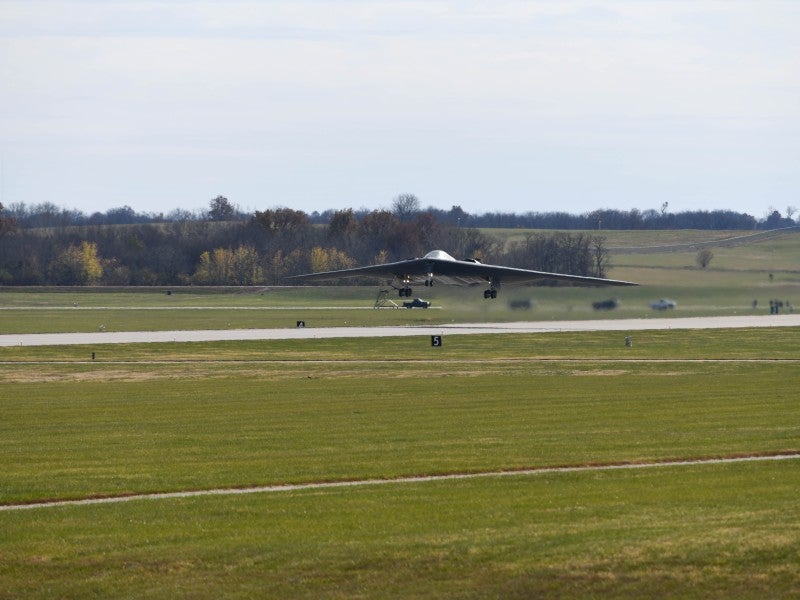
The US Air Force’s (USAF) pilots have conducted an integrated strike mission to showcase the A-10C Thunderbolt II aircraft’s capability to employ Air Decoy Missile (ADM)-160 Miniature Air Launched Decoys (MALD).
Participating A-10C pilots were from the 74th Fighter Squadron (FS) based at Moody Air Force Base (AFB).
The simulated mission, which also involved B1-B Lancer aircraft, was carried out above the Philippine Sea, in conjunction with Operation Iron Thunder.
Iron Thunder is a force employment operation conducted to boost the Pacific Air Forces’ ability to remain ‘strategically predictable and operationally unpredictable.’
During the mission, the A-10 aircraft employed MALD at stand-off locations to neutralise the enemy’s air defence system by creating decoys and cluttering radar detection systems.
The process allows various fourth and fifth-generation fighter jets, as well as bomber aircraft, to increase survivability and use greater amounts of munitions.
The A-10C Thunderbolt II has 11 weapon stations that allow aircraft to carry various MALDs for strike missions.
74th FS commander lieutenant colonel Matt Shelly said: “The A-10 is famous for its 30mm Gatling gun and ability to carry large weapons loads, but we must move beyond weapons and mission sets that made A-10 famous in low-intensity conflicts of the Middle East and accelerate change in this way to be a force multiplier for combatant commanders.”
The exercise allowed pilots to practise the decoy employment concepts in a simulated environment and prepare for future combat strike missions.
It also trained them to work in coordination with other aircraft within a particular strike package.
74th FS A-10 pilot captain Coleen Berryhill said: “This mission was a fantastic way to demonstrate how the A-10 is capable of shifting from a close air support team mindset to a strike team.”




